Tombs: Junji Ito Story Collection by Junji Ito
Viz Media, 2023
ISBN: 9781974736041
Available: Kindle, hardcover
Buy: Bookshop.org | Amazon.com
Junji Ito’s Tombs presents a collection of nine original horror manga tales. In the titular story, Kaoru and her brother Tsuyoshi take a trip to visit their mutual friend, Izumi, in her new town. One the way, Tsuyoshi hits a young woman with his car. The siblings load her into the vehicle, only to find out she is dead and they transfer the body to the trunk. When they make it to town, they are perplexed by the random countless tombstones in the middle of the road. A few townspeople explain that they appear where people have died. Izumi corroborates these claims, even showing them tombstones that are inside her family home. The dead are not to be touched.
“Clubhouse” is an intriguing haunted house story. Friends Yukari, Chikako, and Minae enter an abandoned building. Minae decides to explore the second floor, while the other two wander the first. Soon after they leave, the friendship between Chikako and Minae deteriorates. Yukari, upset by her friends not speaking anymore, pleads with Chikako to make up with Minae. Chikako, however, has a new group of friends who frequent the haunted house they explored.
The “Slug Girl,” poor Yuko, hates these little creatures. She used to be so talkative, but she falls silent when her tongue transforms into, well, a giant slug. She’s tried cutting it off, but it grows back. Can her family and friends help her?
In “The Window Next Door,” Hiroshi and his parents move into a new house, where the closest neighbor only has one window on the second floor. Unlucky for him, it’s right across from his bedroom window. In the middle of the night, Hiroshi hears the woman next door calling to him. He is met with a terrifying sight when he looks out his window. She repeats her call to him night after night.
“Washed Ashore” is the story of the corpse of a strange, massive sea creature found on a beach. It is mysteriously luring people to it. The scientists studying the monster notice clear patches along the body. A commonality between all of those who are drawn to it is that they are missing loved ones. When bystanders get closer to the body and look closely into the clear patches, they find the unexpected.
In “The Strange Tale of the Tunnel,” a town is plagued by disappearances tied to a train tunnel. Goro, whose mother committed suicide in the tunnel when he was young, finds his sister wandering there when she is not watched. A group of scientists starts to study strange occurrences associated with the disappearances, such as strange sounds, unexplained wind, and blood dripping from the stones.
“Bronze Statue” is a cautionary tale. Mrs. Sonobe is a jealous woman obsessed with the beauty she has lost. Tsuchiya, a master of working in bronze, made the statues of Mr. and Mrs. Sonobe installed at the local park. Through her statue, she eavesdrops on conversations of the mothers who bring their children to the park, and she doesn’t like what she hears. She unexpectedly invites them for a social to unveil another statue. When their hostess leaves the room, they begin to discuss their honest feelings about the situation. Mrs. Sonobe, of course, doesn’t like this. How far she is willing to go to preserve her beauty in statues knows no bounds, and the women, as well as her bronzeworking miracle man and herself, will find out the lengths she will go before she exhausts her options.
In “Floaters,” Ryoichi finds his friend Masao, who has been out of school for a few days, with a bug net at the side of the road. He tells mutual friend, Kyoko, about it, when they see a hairy mass on a tree branch. It shifts in Ryoichi’s hand and starts proclaiming it’s love for Masao…in Masao’s voice. Soon, everyone in town is seeing these things floating around, some stating other townspeople’s secrets and innermost thoughts. The floaters from celebrities become the most coveted to catch and keep
.
The last story in this collection is “The Bloody Story of Shirosuna”. Dr. Furuhata moves to a small village where the townsfolk are all weak and emaciated. Perplexed at what could possibly be afflicting everyone in town, he starts an investigation that reveals a disturbing secret.
This is a strong addition to the Junji Ito Story Collection series that Viz Media has been releasing. The body horror in all of the stories is up to par with the best of Ito’s work, such as Uzumaki and Gyo. Highly recommended.
Reviewed by Lizzy Walker
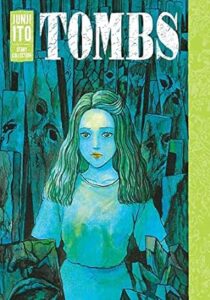
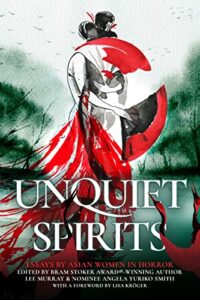
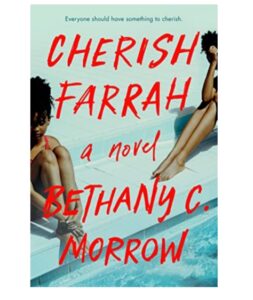
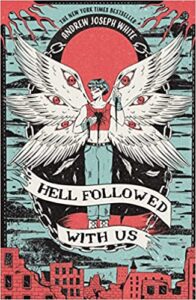
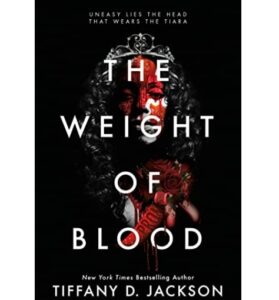
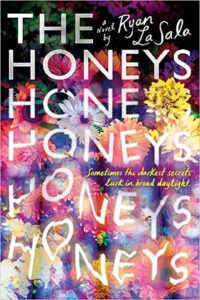
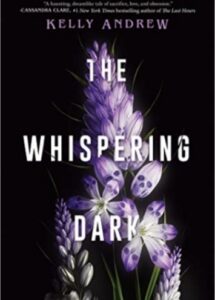
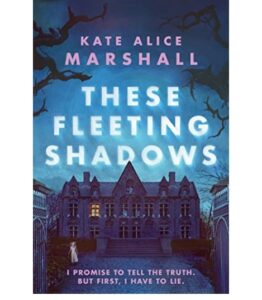




Follow Us!